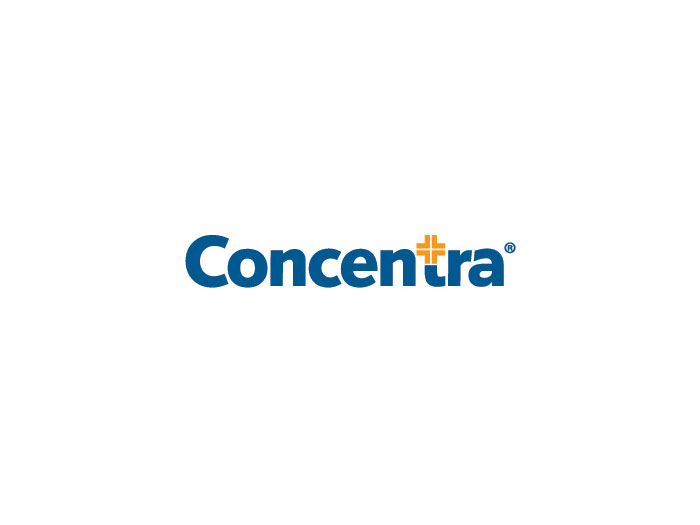Medical Stop-Loss Report Shows Rising Frequency of Claims Above $200K Deductible

Self-insured employers are experiencing an increase in the frequency of medical stop loss claims in 2023, with neoplasms remaining the top diagnosis and specialty cancer treatments significantly driving up costs, according to a report from QBE North America.
Using a $200,000 deductible per 10,000 covered lives for comparison, the annual report notes the frequency of medical stop loss claims increased 39% from 2022.
Neoplasms, or tumors, remained the top diagnosis for all stop-loss deductible levels, though their impact is smaller at higher deductibles. Neoplasms accounted for 41% of all claims in 2023 with a 200,000 deductible, level with 2022 but up from 35% of claims in 2021.
As stop-loss deductibles increase, preterm birth, respiratory diseases, and injury and poisoning related claims become larger drivers of overall claim costs. QBE’s analysis of stop loss claims from 2019 to Q1 2023 illustrates how the mix of claims changes for different deductible levels.
Types of cancer claims, for example, vary significantly by deductible size. Breast cancer accounts for 17% of cancer claims at a $100K deductible but only 3% at a $1M deductible. In contrast, lymphoid leukemia is 3% of cancer claims at a $100K deductible but 38% at a $1M deductible, driven by high-cost specialty drug treatments.
According to a recent study by Berkeley Public Health, specialty cancer drug treatments, such as CAR-T therapies, multi-medication protocols, and targeted therapies, contribute to the rising costs for cancer claims.
“Cancer claims are rising at an alarming rate,” said Tara Krauss, Head of Accident & Health at QBE North America. “At the same time, specialty drugs have significantly driven up treatment costs for certain types of cancer. As this trend develops, transparency into what’s driving costs and how best to manage them will become increasingly important to employers.”
Over the last 6 years, the mix of stop-loss claims by diagnosis has fluctuated, the report found. Using the $200,000 deductible, neoplasms ranged from 33% to 41% of claims, circulatory diseases were 9% to 14%, and perinatal and respiratory diseases saw the widest swings. Perinatal diseases ranged from 5% in 2023 and 2018 to 10% in 2019, while respiratory diseases varied from 2% in 2018 to 11% in 2021.
For a $200,000 deductible, the most frequent stop loss claims per 10,000 employees were neoplasms (19.2), circulatory diseases (4.94), and injury & poisoning (2.79). The highest severity $200,000-deductible claims by average size were prenatal illnesses ($488,000), diseases of the blood ($465,000), and congenital anomalies ($450,000).
“More than half of covered workers are enrolled in self-funded health care plans, and medical stop loss insurance and related products continue to play a key role in providing employers the transparency needed to create tailored solutions that reduce expenses and protect employees,” Krauss noted.
The QBE report also explores the impact on accident and health costs of rising pre-term birth rates, the evolving market for GLP-1 weight loss drugs, advances in cell and gene therapy, among other topics impacting self-insured employers.
To view the report, visit QBE website. &










